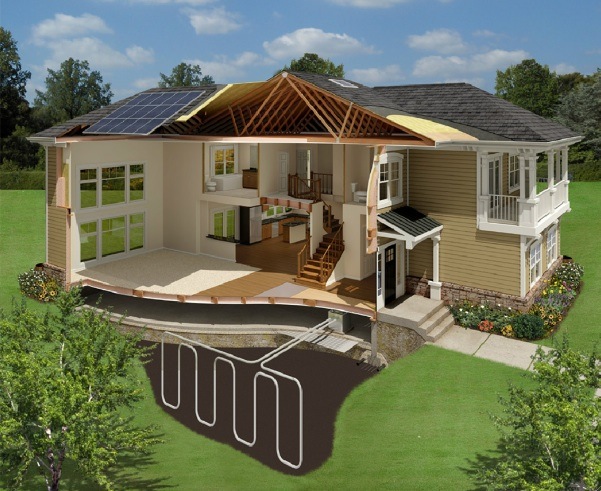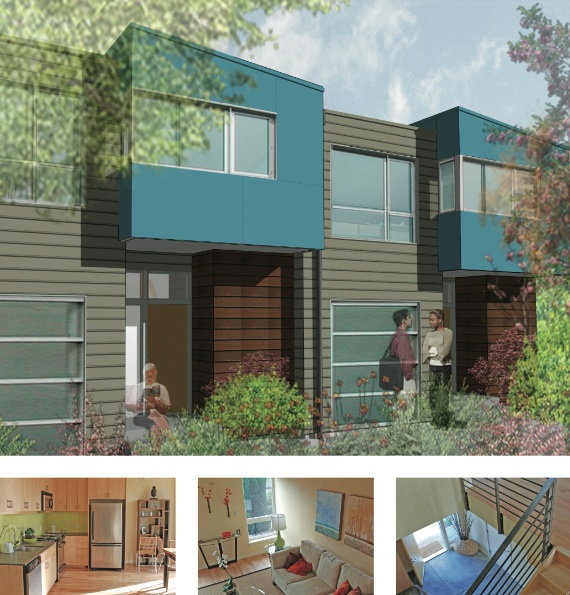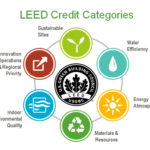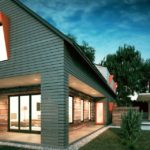Excellent article written on this topic from Professional Builder.
Another excellent article: https://zeroenergyproject.org/build/twelve-steps-affordable-zero-energy-home-construction-design/1-zero-energy-home-design-process/
Key Points:
- Location and siting: Where your home is and orientation of the home are fundamental elements of what is possible when building or retrofitting a home. South facing orientation (in Northern Hemisphere) is desirable for solar PV and daylighting. Protection from intense sun rays from the west may also be a consideration in hot climates.
- Design-in energy efficiency: Windows, day lighting, insulation, elimination of thermal bridging, location of HVAC (in conditioned spaces), air tightness, air ventilation, shape of home (simpler is better for sealing), home size, orientation, overhangs/shading, R-values, solar panel orientation, appliances.
- Energy modeling: There is no “one size fits all” for NZE Home Design. An energy usage model will determine which features are cost effective for your situation.
- Sealing the Building Envelope: All your design value can be lost if the execution of the build results in a leaky house. Design and TEST the sealing of your home.
- Water Heating: Employ a sensible strategy for water heating, which is next on the list of energy consumption after Heating and Cooling.
- Window Efficiency (and % of wall area): The type of glazing you use for your windows may depend on whether you live in a hot climate (and need to reject heat) or a cold climate (and wish to absorb heat).
- Solar tempering: Overhangs and window treatments will allow you to control sun into your home in winter and summer.
- Fresh air supply: Since NZE homes are airtight, you will need to replace stale air with fresh air. If the air has been heated or cooled, you don’t want to waste that energy, so you can retrieve it using Heat Exchange Units.
- Energy Efficient Heating and Cooling: Since this is the largest contributor to building energy consumption, your choice in heating and cooling equipment is very important.
- Energy Efficient Lighting: The use of low power LED lighting can save significant amounts of energy. Wise use of windows and daylighting will minimize energy use during the day.
- Energy Wise Appliances: Once your heating and air conditioning loads are minimized, your appliances will become a significant contributor to your energy consumption. Use Energy Star appliances, and consider a clothes line in warmer months instead of a dryer.
- Solar Power: Since solar power will be providing your electricity, and it is the most expensive element, it makes sense to reduce your consumption first before sizing your system in your design. This is another aspect of the value of Energy Modeling.



